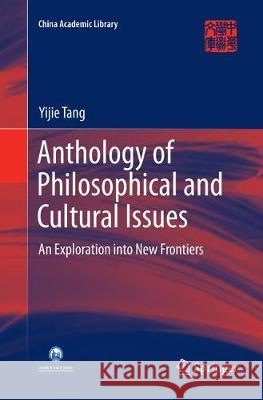Anthology of Philosophical and Cultural Issues: An Exploration Into New Frontiers » książka
topmenu
Anthology of Philosophical and Cultural Issues: An Exploration Into New Frontiers
ISBN-13: 9789811094668 / Angielski / Miękka / 2018 / 231 str.
Kategorie BISAC:
Wydawca:
Springer
Seria wydawnicza:
Język:
Angielski
ISBN-13:
9789811094668
Rok wydania:
2018
Wydanie:
Softcover Repri
Ilość stron:
231
Waga:
0.36 kg
Wymiary:
23.39 x 15.6 x 1.35
Oprawa:
Miękka
Wolumenów:
01
Dodatkowe informacje:
Wydanie ilustrowane











